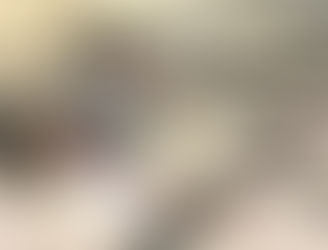A Year In The Archaeology Lab
- Jennifer Seay
- Jun 4, 2017
- 2 min read

During the 2016-2017 academic year at Lynchburg College, I’ve had the privilege to work as an Archaeology Laboratory Assistant at Historic Sandusky in the Archaeological Materials Laboratory. Directed by Archaeologist, Keith Adams, the laboratory is a collaborative partnership between Lynchburg College, Historic Sandusky and Hurt & Proffitt Cultural Resources. My responsibilities as a lab assistant have included washing, identifying, labeling, and recording data about artifacts collected from Greenfield Plantation, near Fincastle, Virginia.
Artifacts that I have dealt with include, pieces of pottery, ceramics, glass, brick fragments, bone, and iron nails. Rarely are artifacts completely intact, fragments and shards vary in color, size, and shape. We view them as puzzle pieces and imagine what purpose they served in the past. Within the lab, each artifact goes through an evaluation and identification process that could possibly end in preservation, depending on the significance of the piece.
The process begins with washing. Artifacts such as glass, ceramics, and earthenware are washed in a warm water bath to remove dirt and grime. Items such as iron, bone, and brick are not washed, but gently brushed to loosen debris. After cleaning, all artifacts are placed on a drying rack to dry naturally. The next steps entail labeling, bagging, and tagging of the artifacts. Each step is time consuming as attention to detail is very important when identifying artifacts. Each artifact from Greenfield, an immense collection, was handled numerous times by multiple lab assistants.
Data collection and entry into a database is an essential part of a lab assistant’s duties. Information such as weight, length, diameter, and color are some of the simpler categories to be noted. Once all the artifact information has been entered into the database, Laboratory Director, Keith Adams, will be able to analyze the data and get a better understanding of how life was at Greenfield Plantation.
I became a history major at Lynchburg College because I enjoy stories from the past and learning about different perspectives of historical events. Historic Sandusky is a site full of interesting stories and rich in local history. The lab, in which there is often a quiet and calm atmosphere, is located in the former nursery of Sandusky. Throughout the year, I’ve often imagined how different the space must have been in the same room that housed up to nine children. Working in the engaging atmosphere of the Archaeological Materials Laboratory has enhanced my interests in 18th and 19th century social history of Virginia families.
About the author: Jennifer Seay is a senior history major at Lynchburg College with a great interest in social history. Jenny graduated from LC Saturday May 20 at their 114th commencement ceremony.























Comments